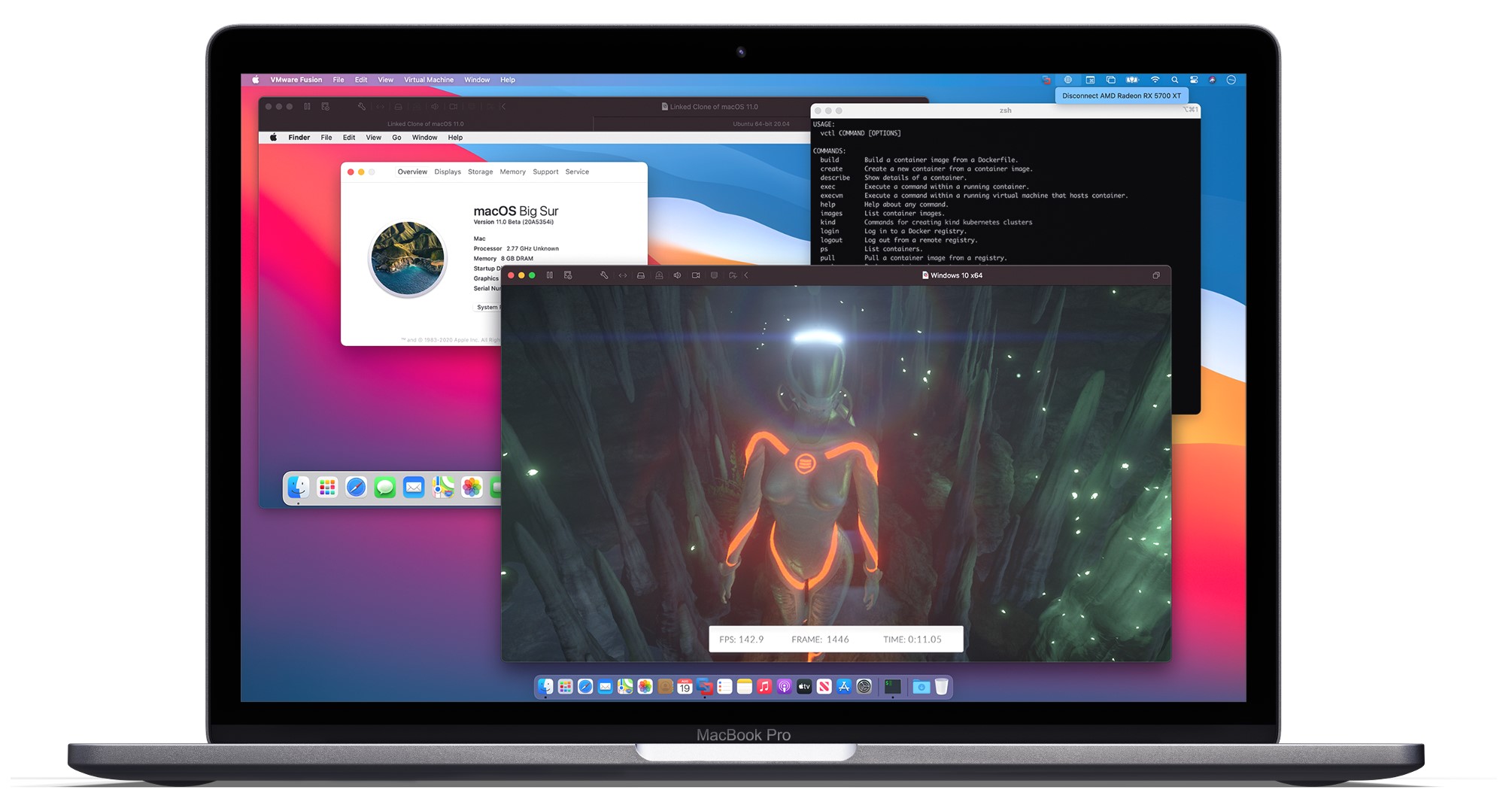

#Vmware fusion versions software#
Since no other software runs between the hardware and the hypervisor, it is also called the bare-metal hypervisor. Type 1 HypervisorĪ Type 1 hypervisor is a layer of software installed directly on top of a physical server and its underlying hardware. The sections below explain both types in greater detail.

Hypervisors emulate available resources so that guest machines can use them. The machine hosting a hypervisor is called the host machine, while the virtual instances running on top of the hypervisor are known as the guest virtual machines. It creates a virtualization layer that separates the actual hardware components - processors, RAM, and other physical resources - from the virtual machines and the operating systems they run. A hypervisor is a crucial piece of software that makes virtualization possible.


 0 kommentar(er)
0 kommentar(er)
